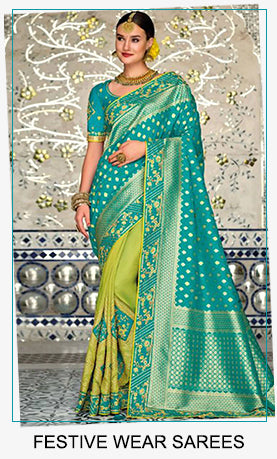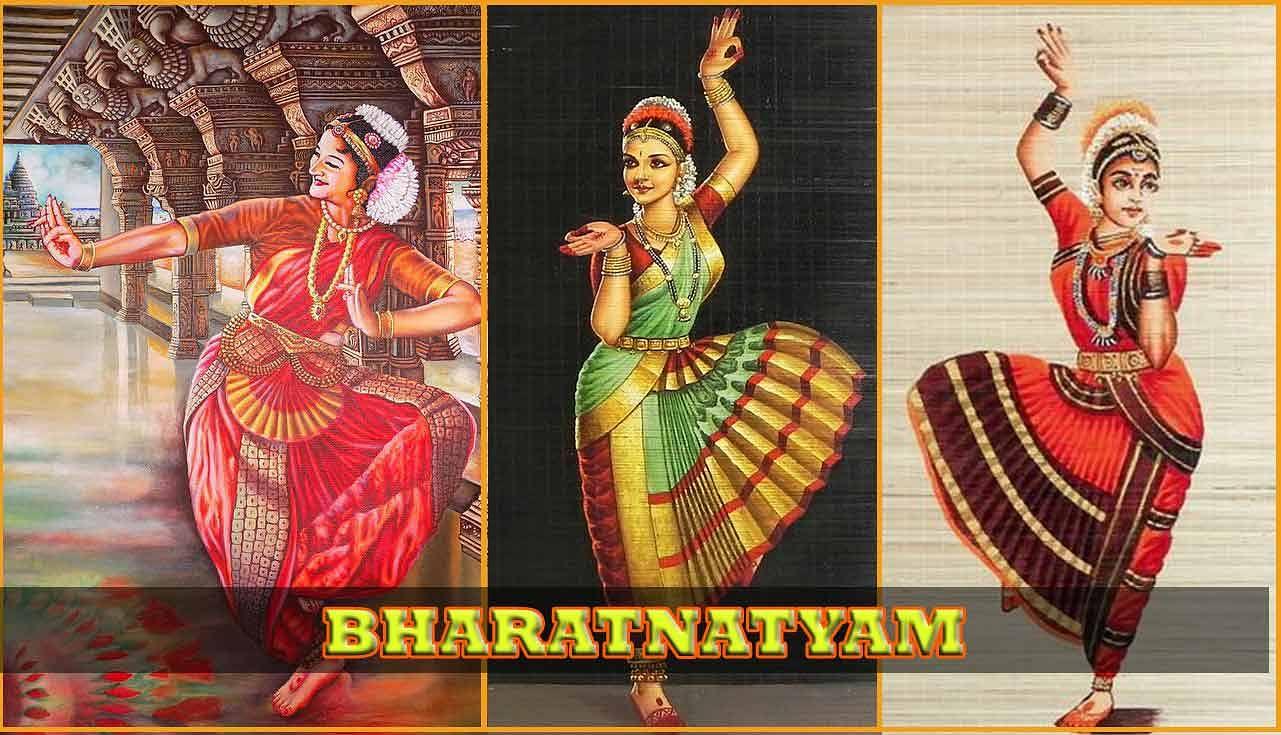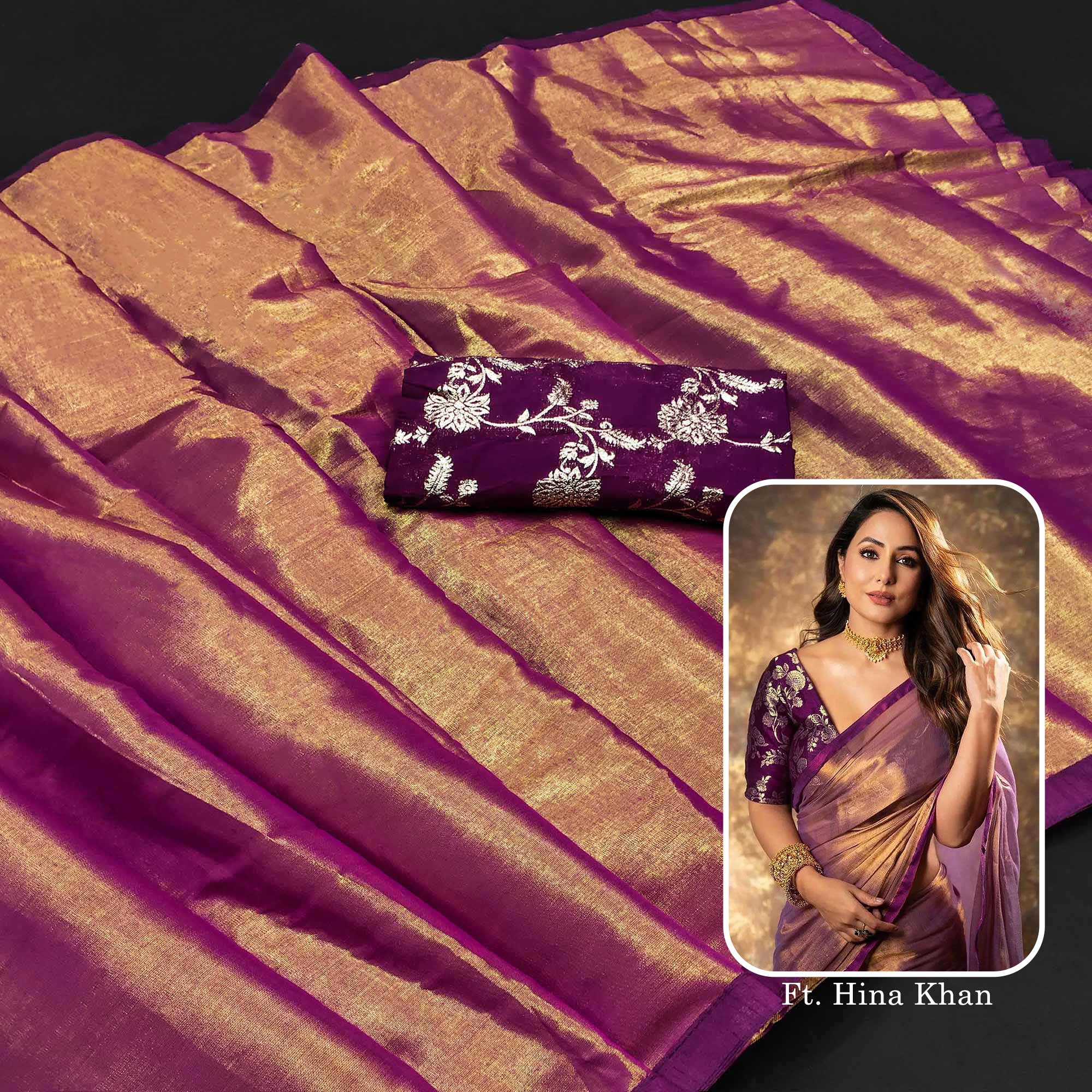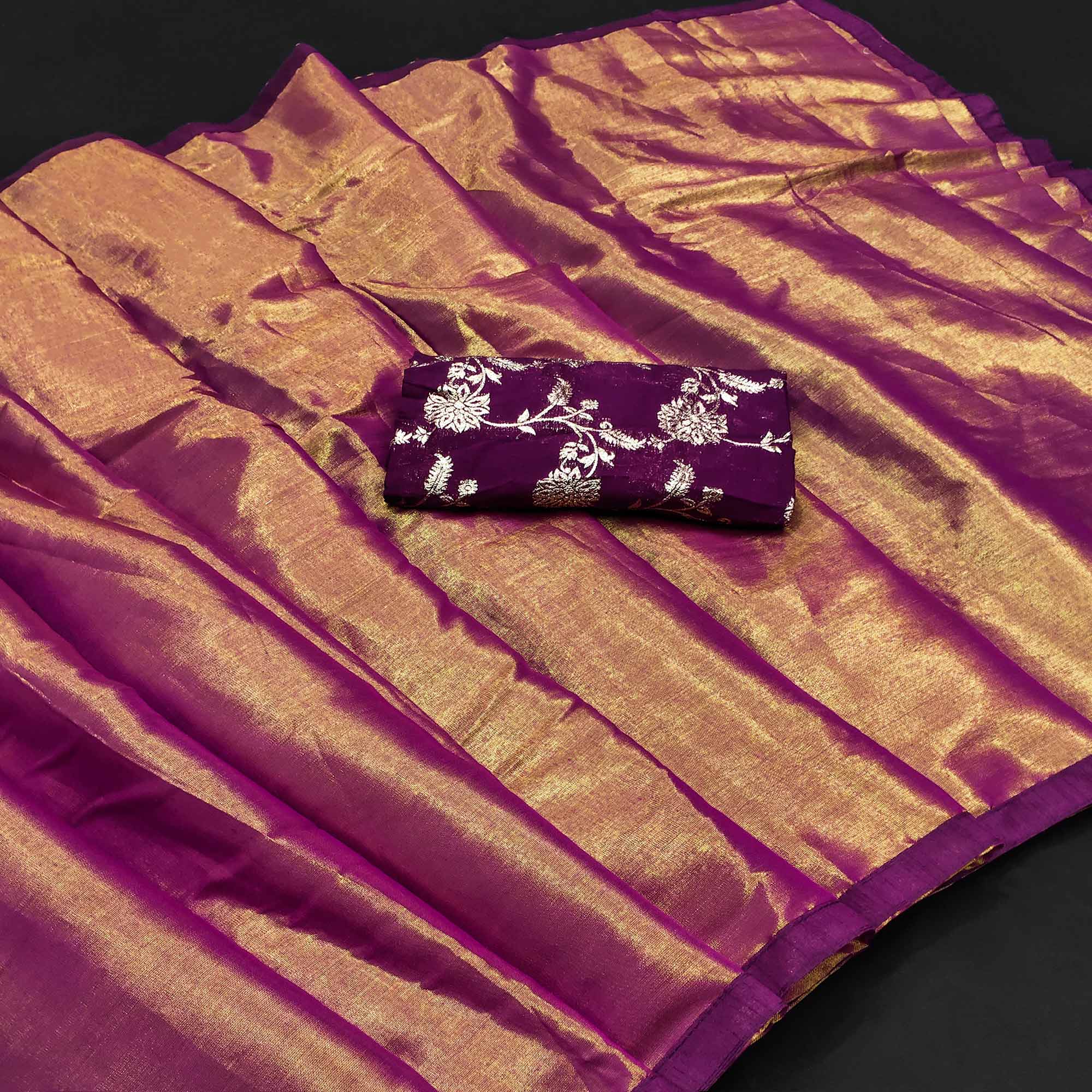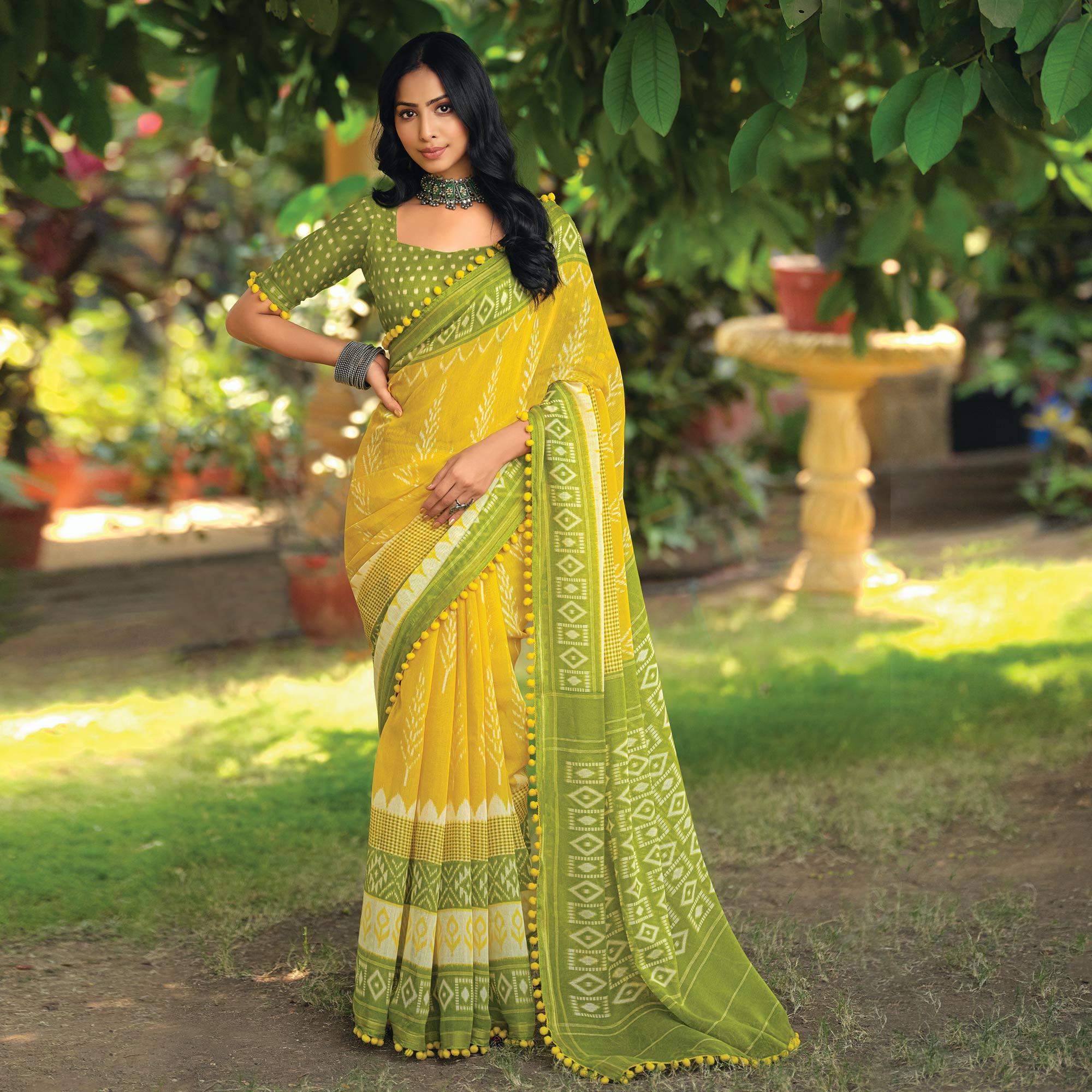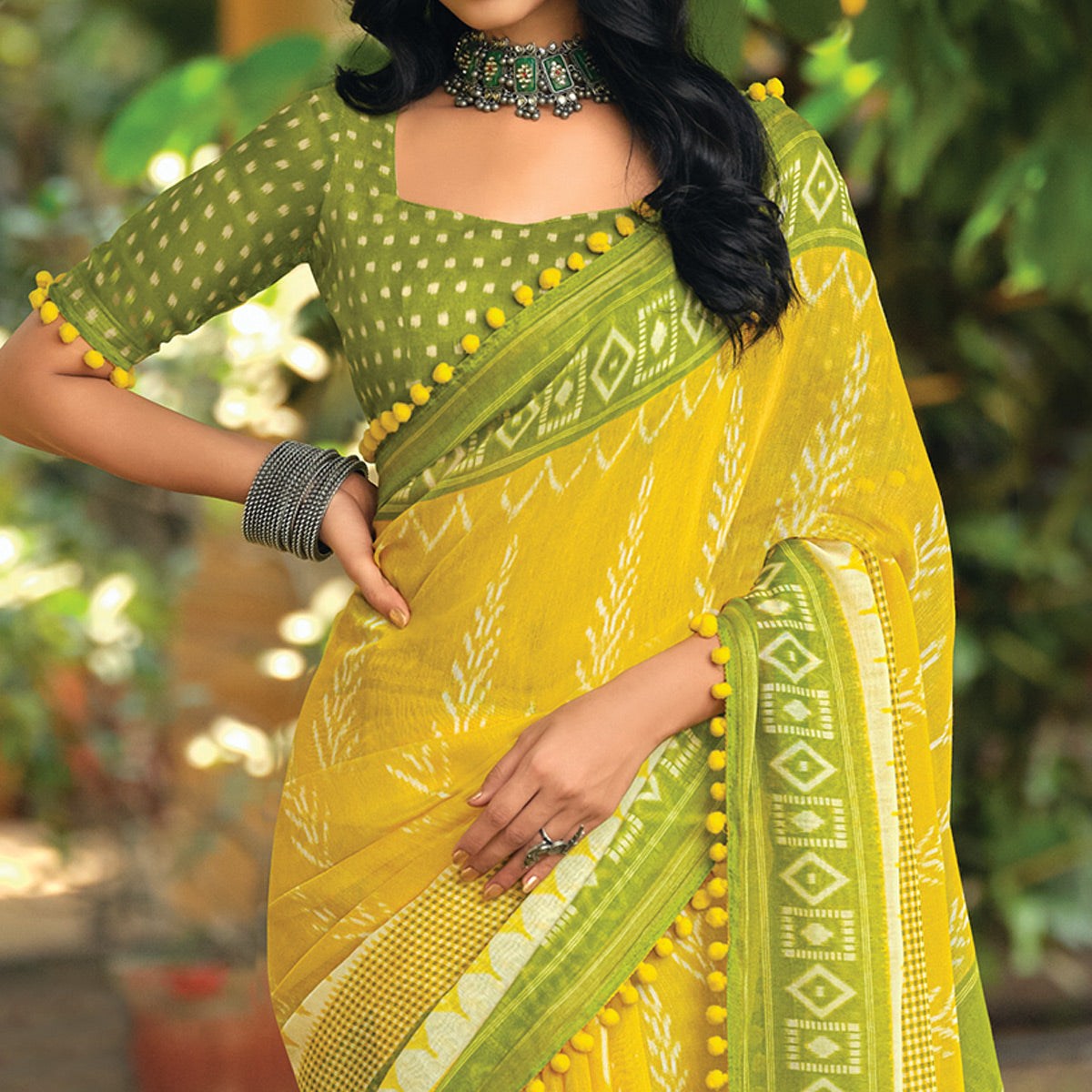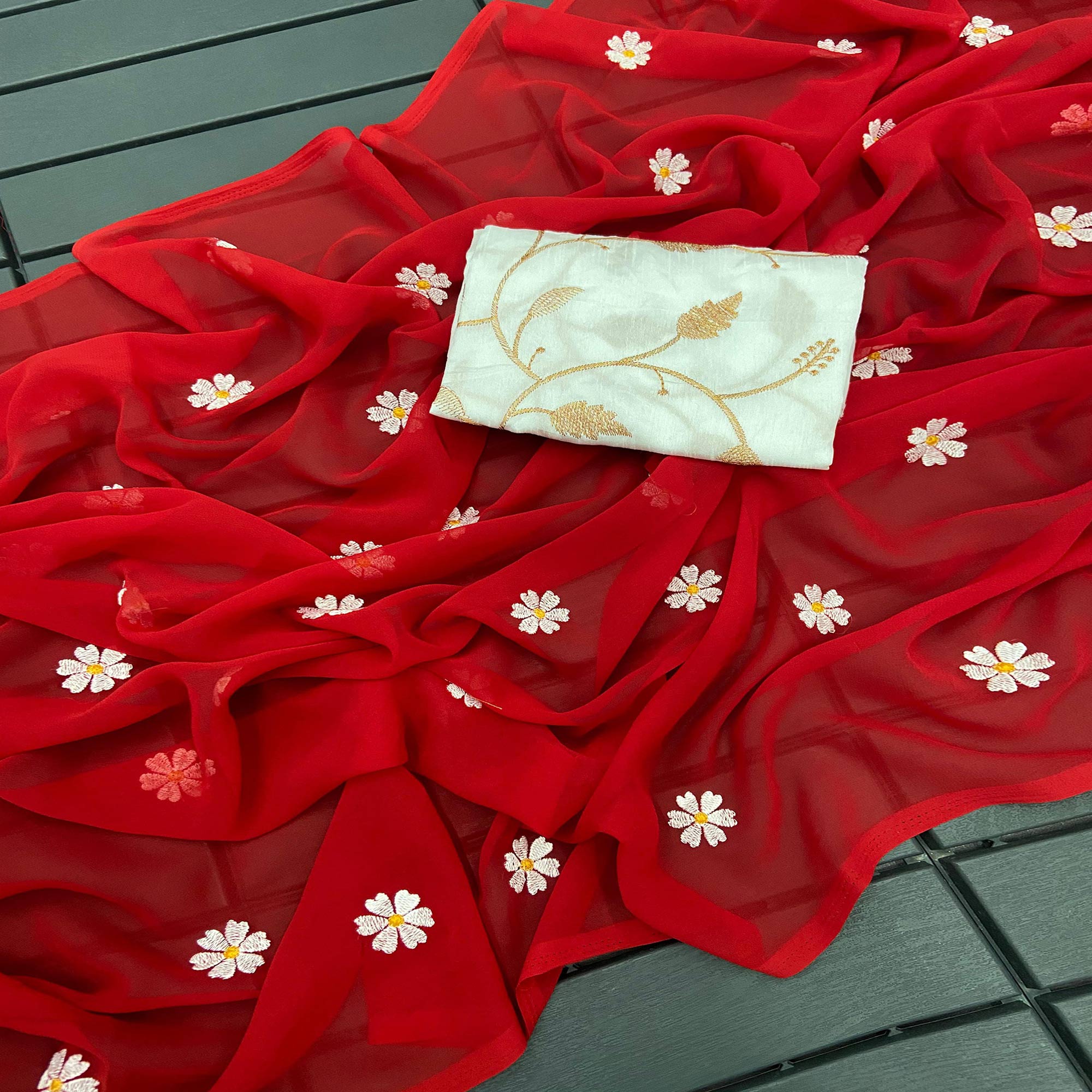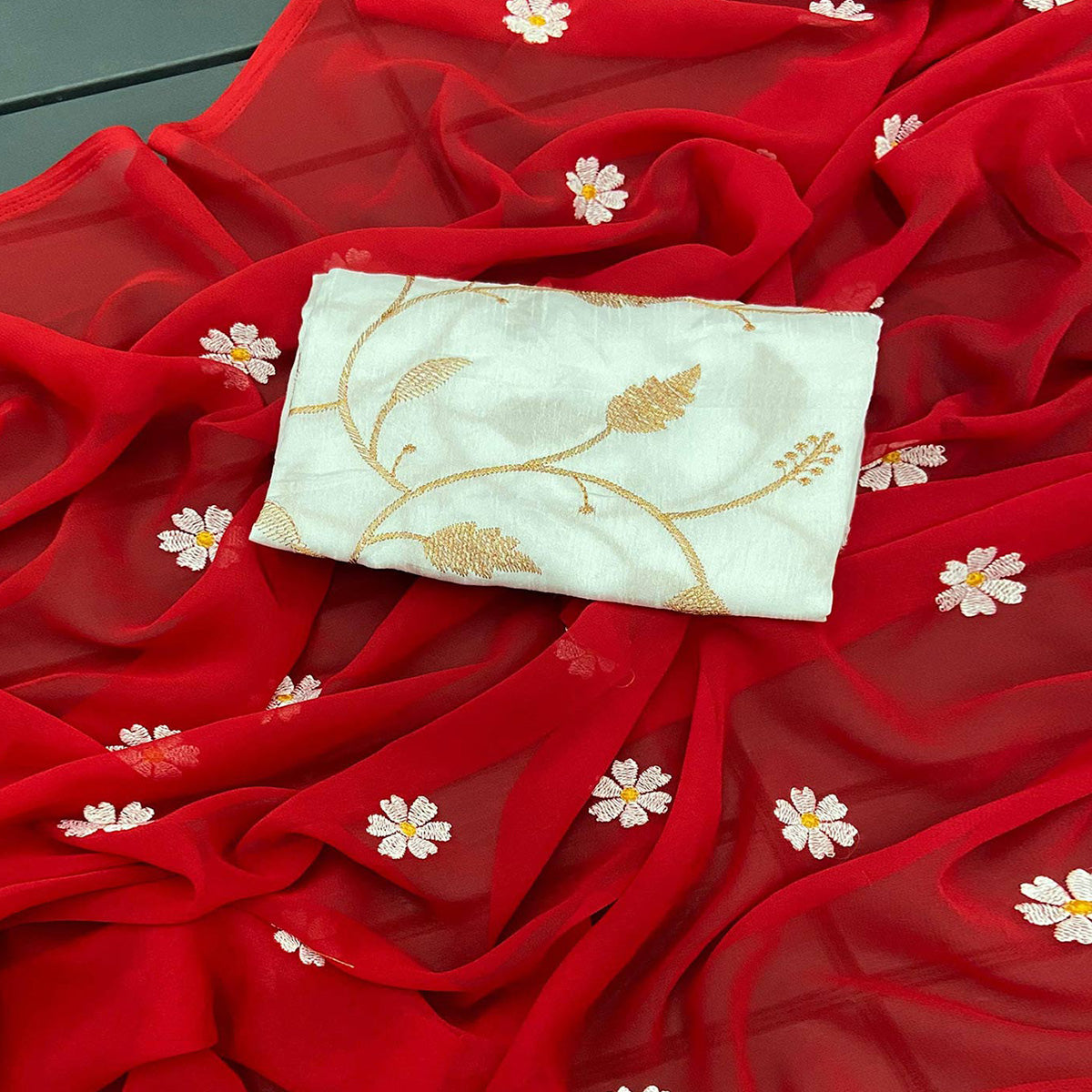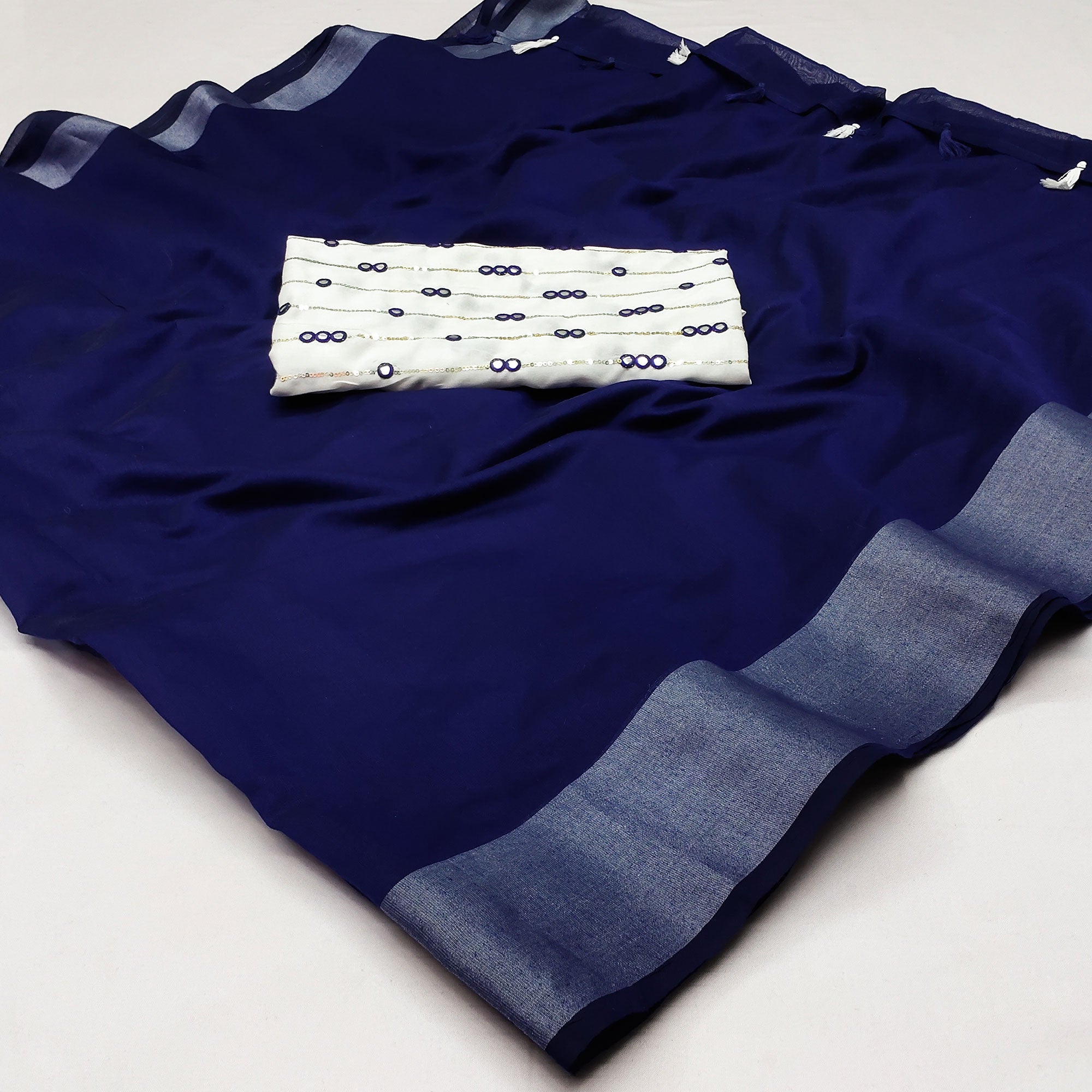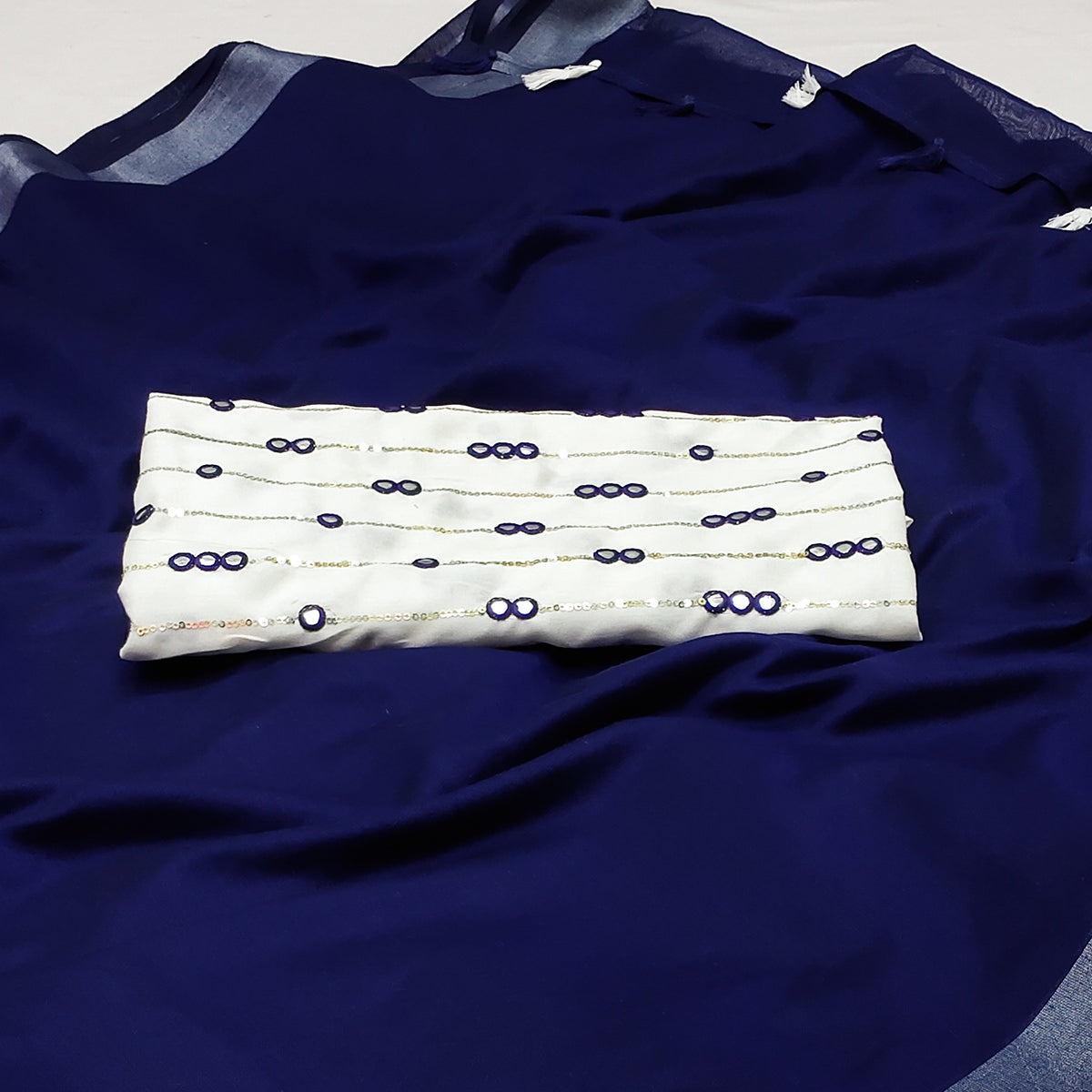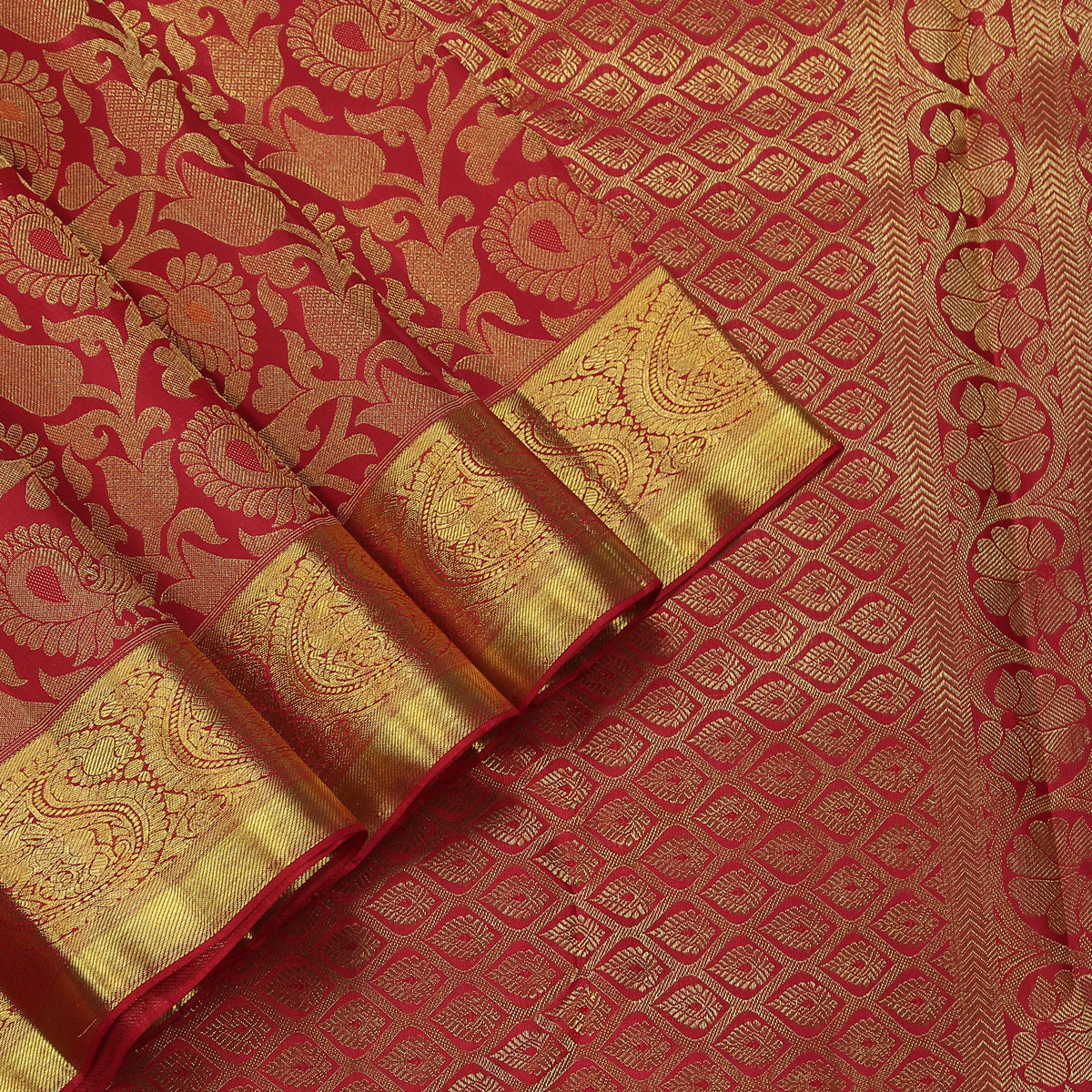Bharatnatyam is one of the most popular classical dance forms of India. This dance form is abundant in talent and is the most poise of dance forms around the world.
Originated in the Tanjore district of Tamil Nadu, Bharatnatyam is the oldest classical dance form of India.
Bharatnatyam can be broken down into bhaav, raag, taal and natyam ie drama. Combining the initial alphabets of all the four forms, we get the word bharatnatyam!
The Dance Story
It is believed that Bharatnatyam is more than 2000 years old. Lord Brahma gave the idea of this dance form to a revered sage Bharat who then penned down the dance form in Sanskrit under the name Natya Shastra. This then went on to become the foundation for Indian art and aesthetics. According to Natya Shastra, a dance can be divided basis two points- nritta and nritya.
The Tamil literature ‘Silappatikaram’ has a special mention of this dance form in its scripture. In fact the shiv temple of Kanchipuram beautifully depicts how bharatnatyam evolved during early first millennium. Many ancient Hindu temples bear evidence of Lord Shiva practicing Bharatnatyam.

Another ancient evidence of the existence of bharatnatyam is found in the Badami cave of Karnataka where stands a five foot tall statue of Lord Shiva with 18 arms in the position of a Tandav nritya. The 18 arms of the statue represent the various mudras of Bharatnatyam.
Bharatnatyam and Devdasi culture
Bharatnatyam had become an integral part of the South Indian temples around 300 BCE and onwards. The temples had elaborate performances of Bharatnatyam and the dancers came to be known as Devdasis. They were dedicated to the service of God. In fact the Devdasi culture went on to become an essential part of the South Indian temples.
The British Ban
The British barging into India and setting up their colonial rule had adverse effects on our heritage and culture. Bharatnatyam too suffered during this period as a dance form. The British brought about the Christian culture which looked at the Devdasi culture with disdain and disgrace and prevented its practice.
In 1910, the British government officially banned the performance of Bharatnatyam in South India and that resulted in the extinction of Bhratanatyam as a temple culture.

Revival of Bharatnatyam
The restrictions on the native art and culture by the British obviously did not go down well with the Indians and a social upsurge began to formulate wherein many activists took it upon themselves to revive the diminishing art forms of India. One such activist, Krishna Iyer became actively involved with the revival of Bharatnatyam. Forced to prison, he convinced the political prisoners to take up this issue to advocate for this art. Thus became the efforts to retain this dance forms and as the freedom movement gained momentum, bharatnatyam along with other art forms was heavily popularised and saved from extinction.
Musical Instruments
The major musical instruments used in Bharatnatyam are mridangam (drum), veena, flute, nagaswaram and cymbals. A bharatnatyam performer is accompanied by a vocalist called the nattuvanar or taaldhari. The verses are in Tamil, Telugu, Kannada and Sanskrit.

Make-up and Costume
The dress of a female bharatnatyam dancer is quite similar to a Tamil bride. It comprises a saree that consists of a cloth specially stitched in pleats that falls in the front from the waist down and when the dancer performs various mudras or involves the bending of her knees, the cloth widens up like a hand fan.
The make-up is specifically focused on the eyes so as to highlight them during the performance. The jewellery too is heavy. A waist band is essential and so are the ghunghroos.

Exponents
Bharatnatyam is a beautiful reflection of our rich culture and many houses of talent are dedicatedly working towards retaining its beauty and popularising it further. Pandanallur school of Bharatanatyam is one of the most noted names for bharatnatyam schooling. Other renowned artists are Mrinalini Sarabhai, her daughter Mallika Sarabhai, Padma Subramanyam, Alarmel Valli, Yamini Krishnamurthy and Anita Ratnam among others.

